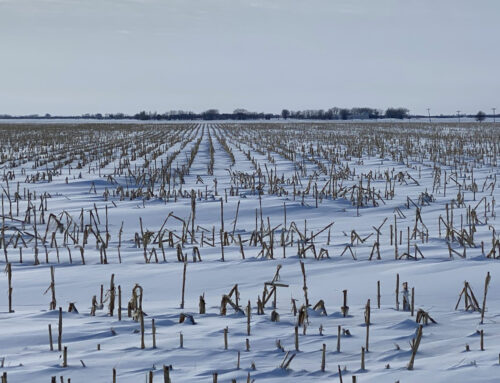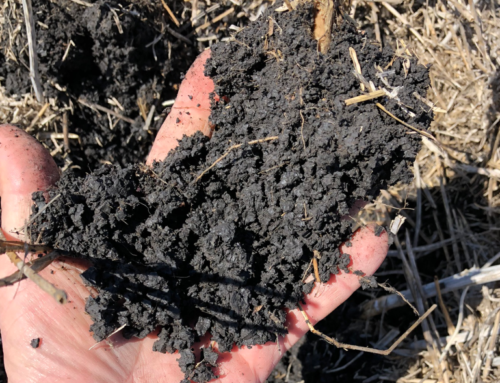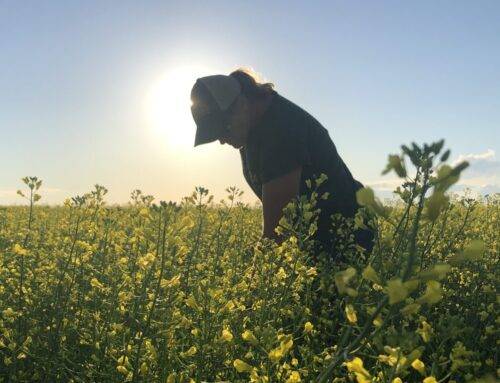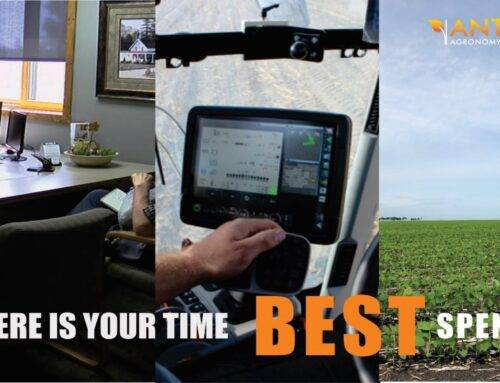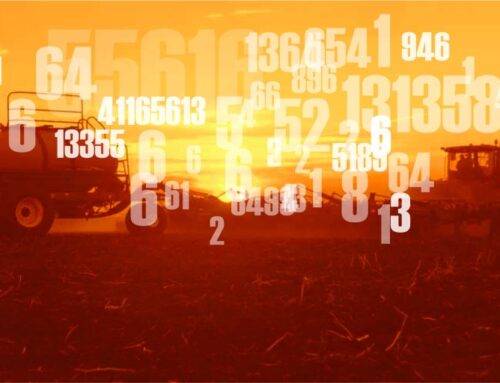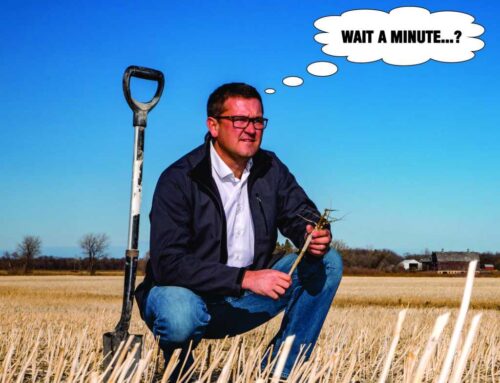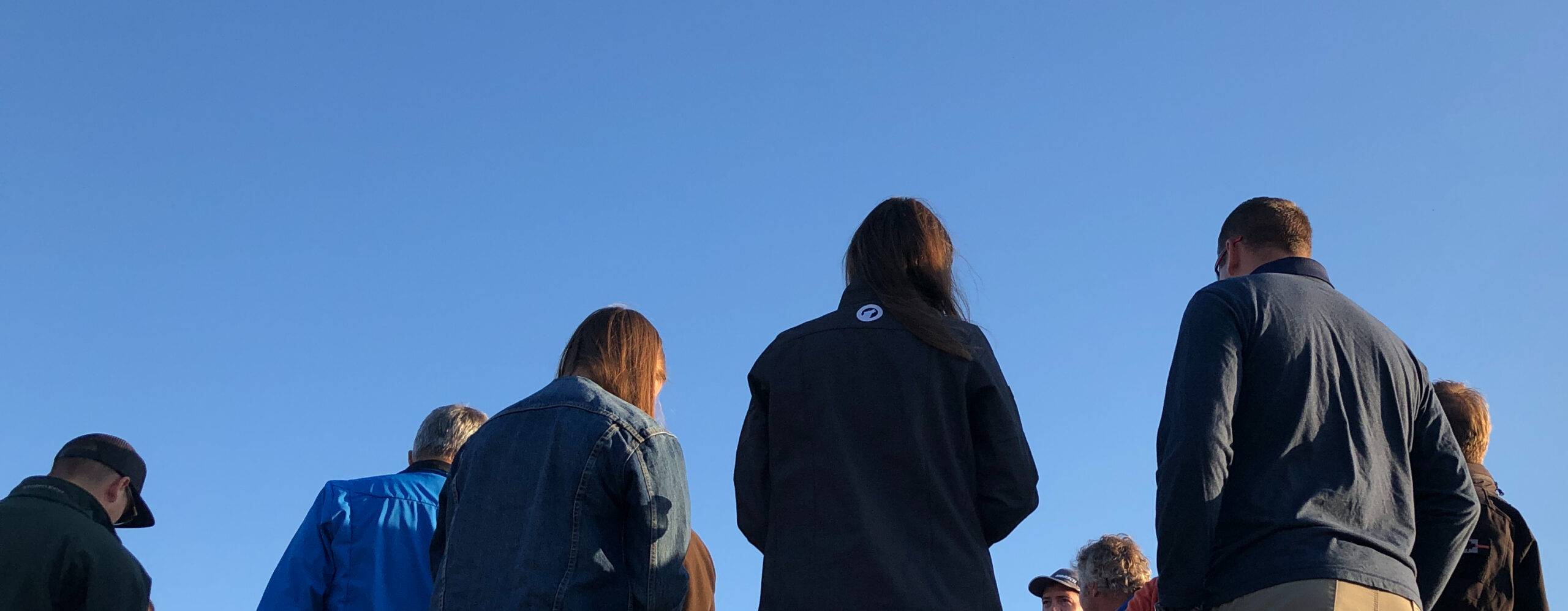
Producers are sitting on a mountain of data. Financial data, production data, weather data. Individually this data is of limited value. A producer can only compare crop by crop or year by year within his or her own business. This is why some farmers don’t see the value in keeping very detailed records.
Farmers have traditionally been independent or self reliant. They keep their cards close to their chest. They hesitate to share information with close neighbors because they view them as competition and rightfully so because someday, they might find themselves bidding on the same piece of land.
The problem with this independence is they are only seeing the inner workings of their operation. It limits their resources and the ability to expand their knowledge level. You want to know if a new product or production practice will work on your farm? You have to try it out for yourself. Trying new things can be a costly and time-consuming effort. Add to this the fact that weather inconsistency means no two years will be the same. What made you money last year might cost you in a different year.
On-Farm Trials
New technologies on the farm such as GPS guidance, yield mapping and scaled grain carts have greatly reduced the work and time involved in conducting field-scale research. Over the last dozen years this has given rise to numerous networks of growers conducting collaborative on-farm research. One of the more popular ones that many organizations have modelled themselves after is the Iowa Soybean Association’s On-Farm Network (https://www.iasoybeans.com/research).
Our own Antara On-Farm Research Network works much the same way in that one of the primary benefits for participants is networking with like minded producers. Our group is comprised of approximately 20 growers and each commit to hosting 2 trials on their own farm and all the data and results are collected and compiled by us at the end of the season. This is where the power of peer group learning lies. Each operation hosts 2 trials but gets the results back from 40. A 20:1 return!
Besides getting the research results, other benefits of participating in peer groups is the sharing of ideas, asking questions and learning form each others’ mistakes. By participating in peer groups, you get exposure to new ideas, production practices beyond the borders of your own operation.
There is an African proverb that says: “If you want to go fast, go alone; but if you want to go far, go together.” I would argue that in the case of farming and peer groups, together we go faster and farther.
Benchmarking
Circling back to the mounds of financial and production data farmers are sitting on, individually the data has a limited value but collectively with other operations the value is exponentially more. One just has to look at the benefits of benchmarking in other industries. I think production agriculture, especially crop production, has been slower at adopting benchmarking practices because of the unpredictability of weather. Its not a closed loop system such as a big box stores, retail chains or even dairy and hog production where most elements can be controlled.
Weather has been affecting soil development since the beginning of time. This has led to considerable variability in within fields, between fields and between farms. There is 40+ different factors that can affect yields. Many of these factors are out of our control and they are interconnected where one factor can set off a chain of events like a game of dominos affecting final yields.
Benchmarking can still be a very valuable tool in crop production but we need to mitigate weather variability by focusing on smaller geographies so we can better compare apples to apples. We like to use the term “Small Data before Big Data”.
We will dive deeper into the benefits of agronomy benchmarking in future posts. If you have some of your own experiences with peer groups, we’d lone to hear them. Join the discussion by leaving a comment below.


